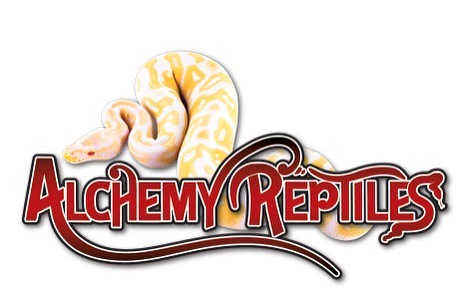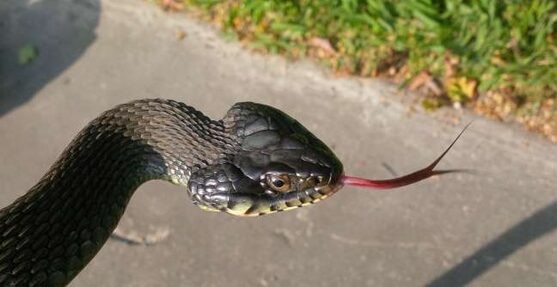Snakes can't get fat: False
I've seen people say things like, snakes will only eat as much as can fit in their belly or snakes won't eat when they are not hungry. While that might be the case for some snakes, it is not common. Most snakes in the wild are opportunistic feeders, meaning if food comes along they are going to try and eat it. So in captivity some snakes don’t know when to stop, because they still don’t understand when they will get their next meal. Snakes don’t have the ability to understand they don’t have to worry about food, and no longer have to hunt. A lot of snakes are ambush predators, this means they hide laying in wait for food to come by. There are a few snake species that actively hunt, examples would be, corn snakes, rat snakes, milk and king snakes and a lot of your venomous species like the African Boomslang, and Cobra. Because these species are active hunters, and generally more active all around they are not as prone to obesity. The issue of obesity is most seen in commonly kept pythons and boas. Snakes like the ball python, and reticulated python are very prone to obesity. We as keepers tend to forget that in the wild a ball python would not be eating a large dutch hooded rat (a species that originated from Europe), nor would they be eating that weekly. If they are lucky they might eat every week in the wild or less, and are more active that they are in captivity. Imagine if all you had to do was sit on your sofa and someone would deliver your meals on a schedule, chances are you would be fat too! Something known as “power feeding” is a big problem as well. It’s where someone tries to grow their snake faster by offering larger and more frequent meals. The problem is there are long term health effects when feeding in this way. I’ve seen a number of snakes die young from fatty liver disease or other health complications due to obesity. Do as much research as you can on your species of snake and find out what is the appropriately sized meal. If you find your snake is becoming fat, cut back on the number of meals and size of prey. Snakes have a very slow metabolism, so feeding less often will not hurt the animal if they are in good health.



